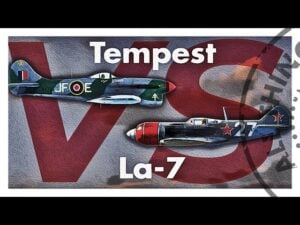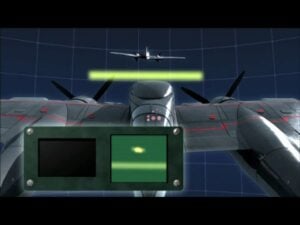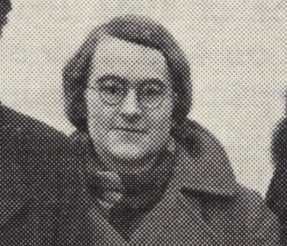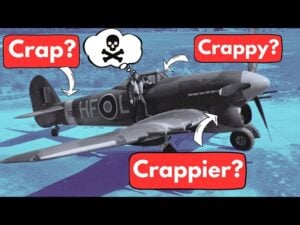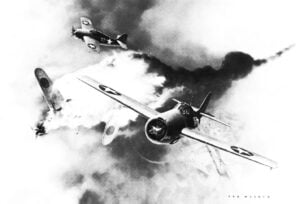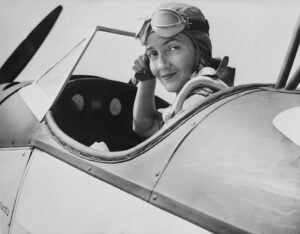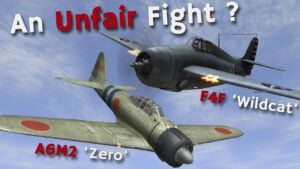THE SHOCKING TRUTH BEHIND THE ROLLS-ROYCE MERLIN ENGINE
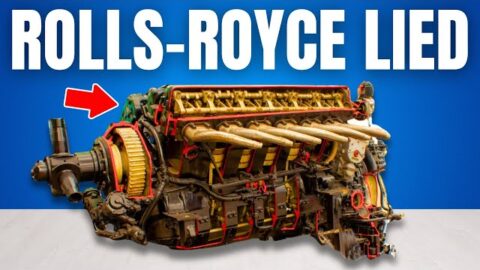
YouTube / Vintage Planes
Born in the Shadows
The Merlin began life in 1933 as a private project at Rolls-Royce, coded “PV-12.” With no government contracts backing it, the effort was a gamble of ambition and perfection.
Early Merlins were nightmares. Cooling systems boiled over, connecting rods snapped, and bearings failed without warning. Test pilots often found themselves plunging back to earth in dead machines. For many, the engine was less a marvel than a death sentence. Rolls-Royce engineers pushed themselves to exhaustion, reworking bearings, reformulating lubricants, and testing until their hands bled. They knew time was running out—Hitler’s armies were preparing for war.
Racing Against Time
By 1938, the situation was desperate. The Merlin still killed more pilots in testing than it could ever kill enemies in combat. Yet just before war erupted, breakthroughs arrived: new metallurgy for stronger bearings, redesigned cooling, and improved production methods. By 1939, the engine was reliable enough to mass-produce. Britain had its sword—just in time to wield it.
The Merlin earned immortality in the Battle of Britain. Mounted in the Spitfire and Hurricane, it gave RAF pilots the climb, speed, and maneuverability to outfight Germany’s best. On September 15, 1940—Battle of Britain Day—waves of German bombers met the roar of Merlin-powered fighters. By sunset, the Luftwaffe had been repelled.
Beyond the Spitfire
The Merlin’s legacy stretched far beyond the Spitfire. It powered the Mosquito, a wooden wonder faster than German fighters; the Lancaster, a heavy bomber that carried 22,000 pounds of destruction to Germany’s heartland; and the P-51 Mustang, whose range—thanks to the Merlin—allowed American bombers to reach Berlin and return under escort. Without it, the Allied air war would have looked very different.
Britain couldn’t build enough Merlins alone. In desperation, it shared its greatest secret with America’s Packard Motor Company. At first, cultural clashes nearly wrecked the effort—British precision collided with American mass production. But together, they solved the puzzle. By war’s end, Packard had built more than 55,000 Merlins, engines that swept German fighters from the sky and made victory inevitable.
After the Thunder
When peace came, jets took center stage. Yet the Merlin refused to fade. It powered airliners, transports, and even racing aircraft. Today, at airshows around the world, the deep, throaty growl of a Merlin still echoes—a sound that once meant salvation.














